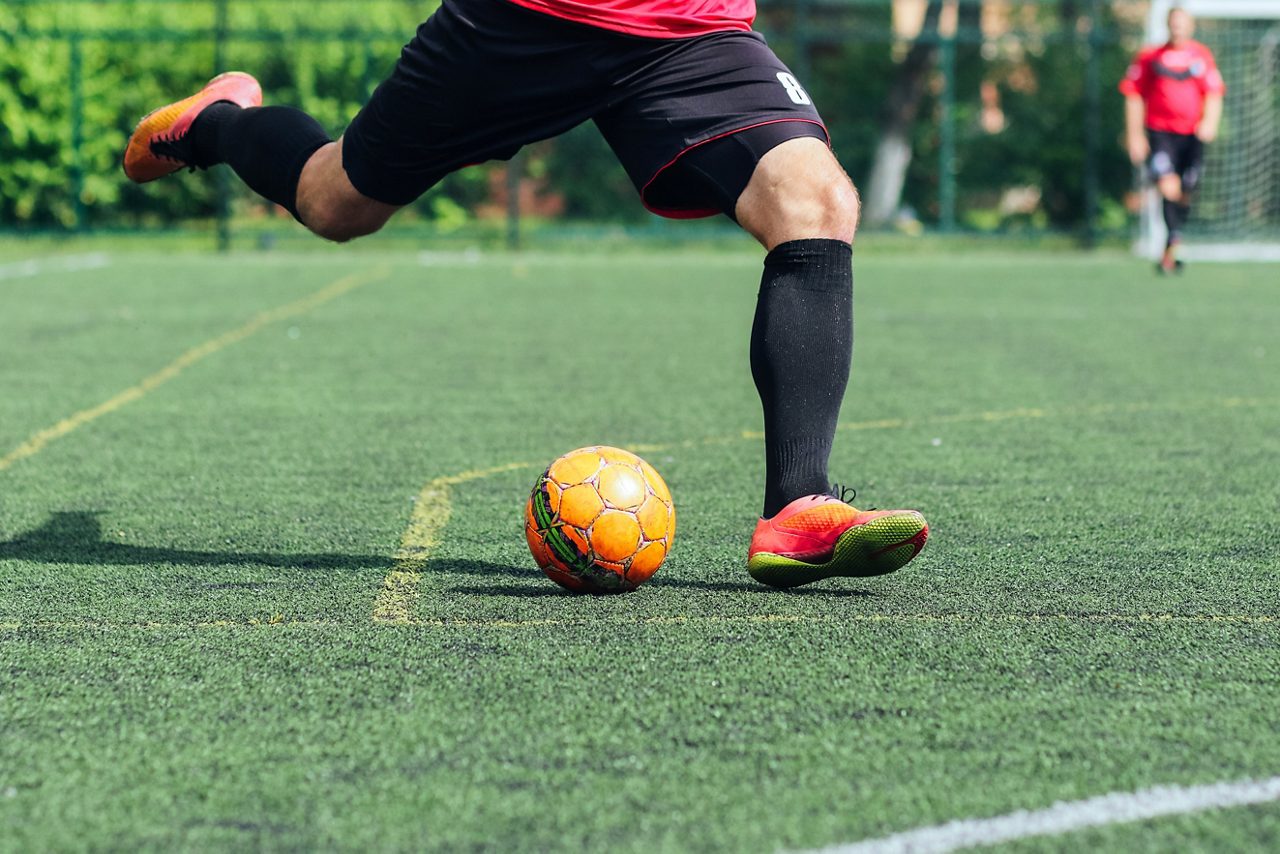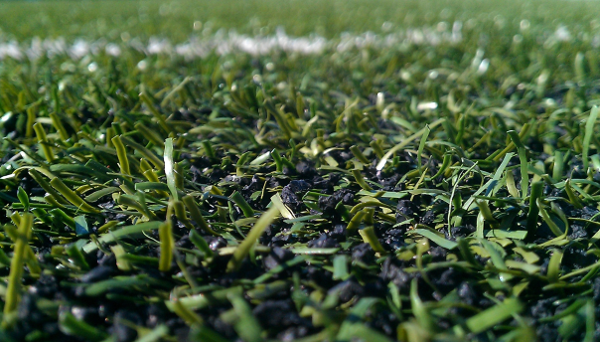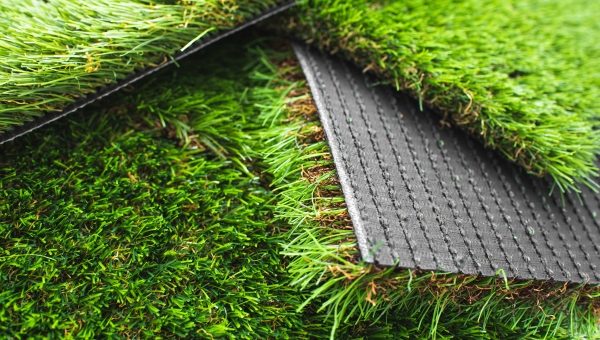Explore the Environmental Conveniences of Opting for Synthetic Grass Solutions
The adoption of artificial grass services offers a compelling possibility to attend to pushing ecological difficulties. By substantially reducing water use and reducing the application of harmful chemicals, these alternatives not just advertise lasting landscaping however also safeguard neighborhood environments. Moreover, the reduced carbon impact connected with reduced maintenance tasks adds to a more sustainable method to land monitoring. However, the effects of these advantages prolong beyond mere preservation initiatives, questioning regarding their long-lasting influence on environment preservation and overall eco-friendly equilibrium. Exploring these measurements exposes a complex interaction worth taking into consideration.
Water Preservation Advantages
Among one of the most substantial benefits of synthetic grass is its ability to save water. Conventional yard lawns require significant irrigation, particularly in locations susceptible to drought or water constraints. In comparison, synthetic grass does not need watering, considerably lowering the total demand for water sources. This function is particularly useful in arid regions where water scarcity is a pressing problem.
By eliminating the need for routine watering, fabricated turf adds to lasting landscape practices and helps mitigate the ecological influence of excessive water consumption. The conservation of water extends to the reduction of overflow, which can lead to soil disintegration and waterway contamination.
Furthermore, the setup of synthetic grass allows house owners and communities to allocate water resources extra successfully, concentrating on essential usages such as drinking water and farming. The shift in the direction of fabricated lawn not only advertises liable water usage yet also lines up with broader ecological objectives targeted at preserving natural deposits.
As communities significantly focus on sustainability, the water preservation benefits of synthetic grass offer an engaging case for its adoption in commercial and household landscaping tasks.
Minimized Chemical Usage
The transition to synthetic grass significantly reduces the reliance on chemical treatments commonly utilized in natural yard maintenance. Standard turf administration commonly entails the application of herbicides, pesticides, and fertilizers to advertise growth and control insects. These chemicals can posture threats to human health, neighborhood wildlife, and the atmosphere, adding to dirt and water contamination.
In comparison, artificial lawn removes the demand for these damaging substances. By reducing the launch of synthetic substances right into the ecosystem, artificial turf promotes healthier dirt and water systems.
Additionally, the lack of chemical overflow connected with synthetic grass installations assists shield regional rivers from contamination, sustaining aquatic life and preserving biodiversity. Turf installation phoenix az. As neighborhoods increasingly prioritize sustainable practices, selecting artificial grass offers a sensible service that lines up with environmental preservation goals. Through this shift, property proprietors can delight in lavish green spaces without endangering environmental health, leading the way for a more lasting future
Lower Carbon Impact

Moreover, the installment of synthetic grass can lead to considerable water preservation. All-natural grass call for substantial quantities of water for irrigation, which not only adds to the carbon footprint associated with water extraction and treatment but also strains neighborhood water sources. In comparison, artificial turf needs minimal maintenance, requiring no watering, thus substantially minimizing water use and its connected energy expenses.
Furthermore, the durability of synthetic turf contributes to its reduced carbon impact. With a lifespan of approximately 15 years or great post to read even more, the requirement for regular replacements is decreased, resulting in much less waste and reduced power usage in manufacturing and throwing away standard lawn options. Overall, artificial lawn offers a sustainable alternative for eco mindful landscape design.
Habitat Preservation
Environment preservation is an essential factor to consider in the dispute over landscaping selections, specifically when comparing artificial lawn to natural grass. Natural yard yards typically require considerable maintenance, including using pesticides, plant foods, and herbicides, which can negatively impact regional communities. These chemicals can seep into the dirt and rivers, hurting indigenous flora and animals and disrupting neighborhood habitats.
On the other hand, artificial grass offers a chance to lower the ecological impact of landscape design. By going with artificial grass, house owners can decrease the disruption of all-natural habitats connected with typical lawn care techniques. Synthetic grass removes the demand for damaging chemicals, therefore protecting close-by wild animals and keeping the integrity of surrounding communities. The installation of man-made grass can lead to the conversion of previous yard locations right into even more biodiverse landscapes, such as pollinator yards or indigenous plant locations, which can sustain neighborhood wildlife.
Eventually, the transition to synthetic turf not just preserves water and lowers upkeep initiatives however likewise fosters a more unified partnership in between human activities and the native environment, advertising habitat preservation in the process.
Long-Term Sustainability
Lasting sustainability is a crucial consider examining the advantages of artificial lawn over standard turf lawns. Among the most significant benefits of fabricated grass is its sturdiness; it can last up to 15-20 years with minimal upkeep, whereas natural grass calls for frequent reseeding and replacement. This long life reduces the need for consistent sources, such as water, plant foods, and pesticides, which are crucial for preserving a healthy and balanced turf lawn.
Furthermore, synthetic grass adds to a decrease in carbon emissions connected with lawn treatment equipment. Standard lawns commonly require gas-powered lawn mowers, leaners, and blowers, all of which add to air pollution. Artificial turf companies phoenix. On the other hand, synthetic grass eliminates the requirement for such tools, promoting a cleaner atmosphere
In addition, the production of synthetic page grass increasingly uses recycled products, enhancing its sustainability profile. As makers take on environment-friendly techniques, the environmental footprint of synthetic grass proceeds to decrease.

Final Thought
The fostering of artificial lawn remedies offers substantial environmental benefits, including significant water conservation, lowered reliance on harmful chemicals, and a reduced carbon footprint. In addition, synthetic lawn aids in maintaining natural environments by minimizing land disruption and advertising long-lasting sustainability via using sturdy materials. Jointly, these variables underscore the possibility of synthetic grass to add positively to environmental health and wellness and supply a practical option to typical landscaping practices in a progressively resource-conscious globe.
In contrast, synthetic grass does not require watering, dramatically reducing the general demand for water sources. By decreasing the launch of artificial compounds into the community, synthetic grass advertises much healthier dirt and water systems.
In addition, the installment of artificial turf can result in substantial water conservation. In contrast, synthetic turf needs minimal maintenance, Our site requiring no watering, thus considerably decreasing water usage and its associated power prices.

 Mara Wilson Then & Now!
Mara Wilson Then & Now! Alisan Porter Then & Now!
Alisan Porter Then & Now! Marcus Jordan Then & Now!
Marcus Jordan Then & Now! Mary Beth McDonough Then & Now!
Mary Beth McDonough Then & Now! Pierce Brosnan Then & Now!
Pierce Brosnan Then & Now!